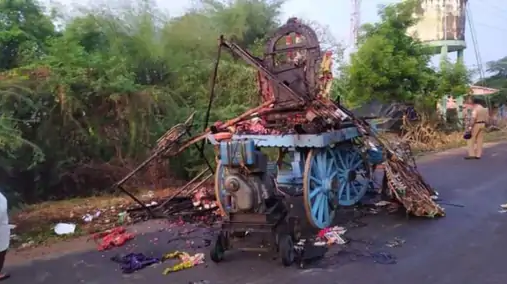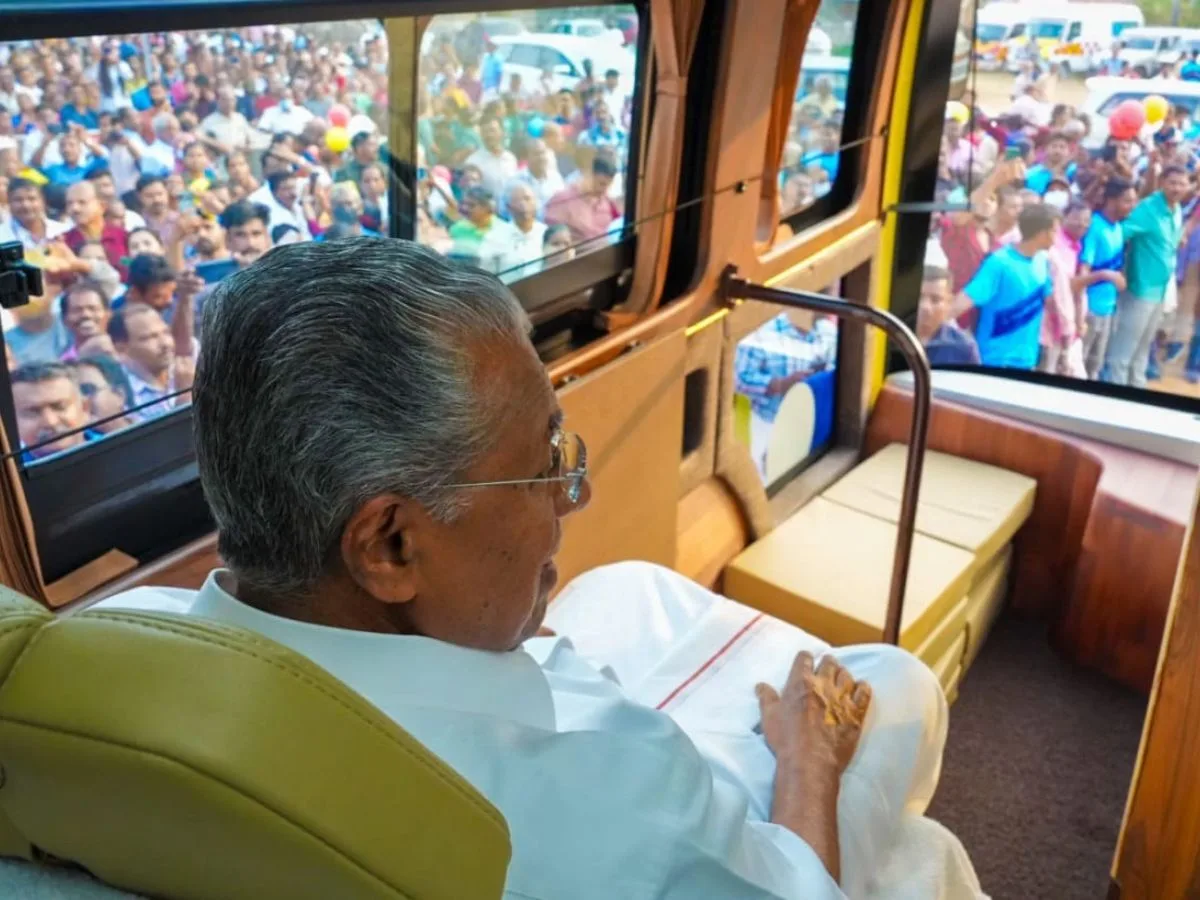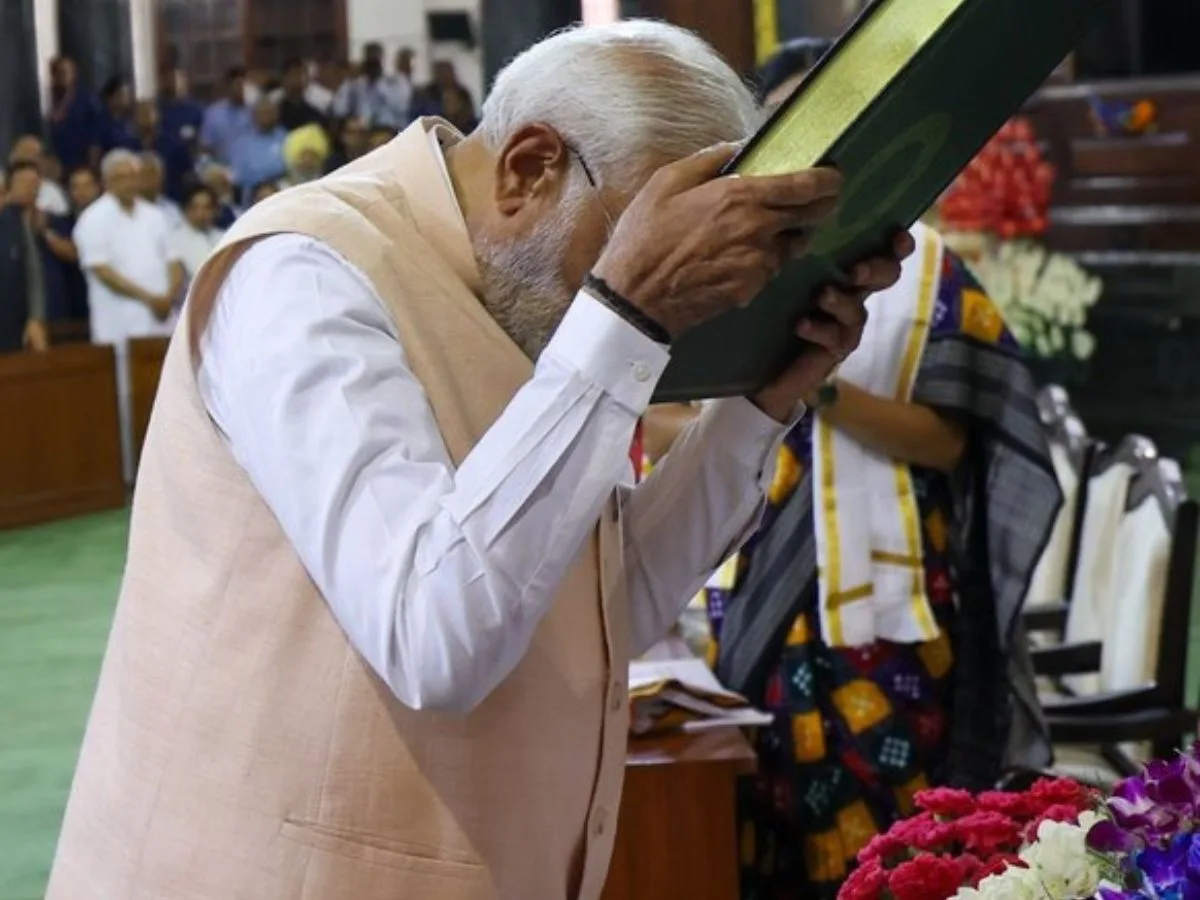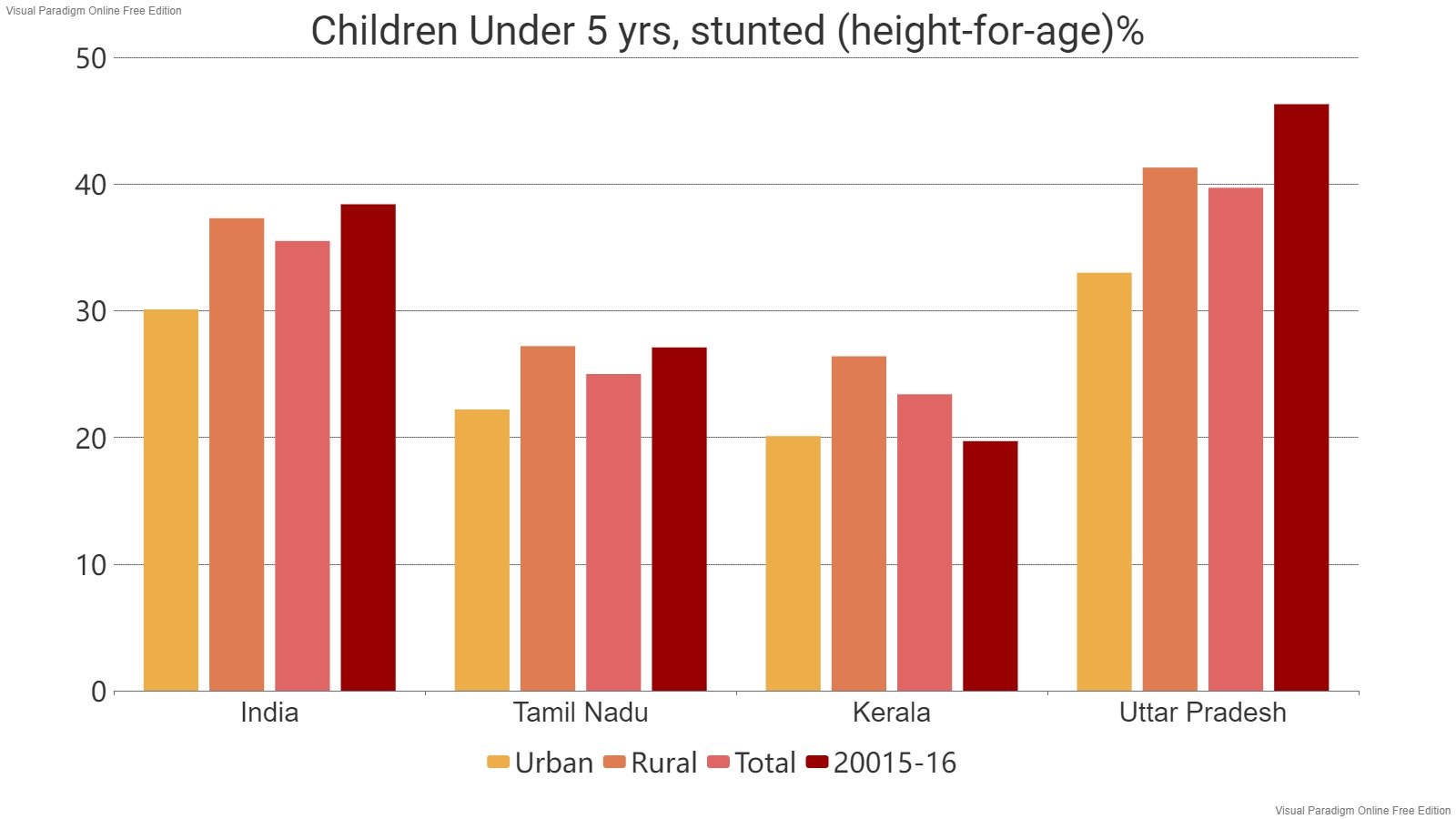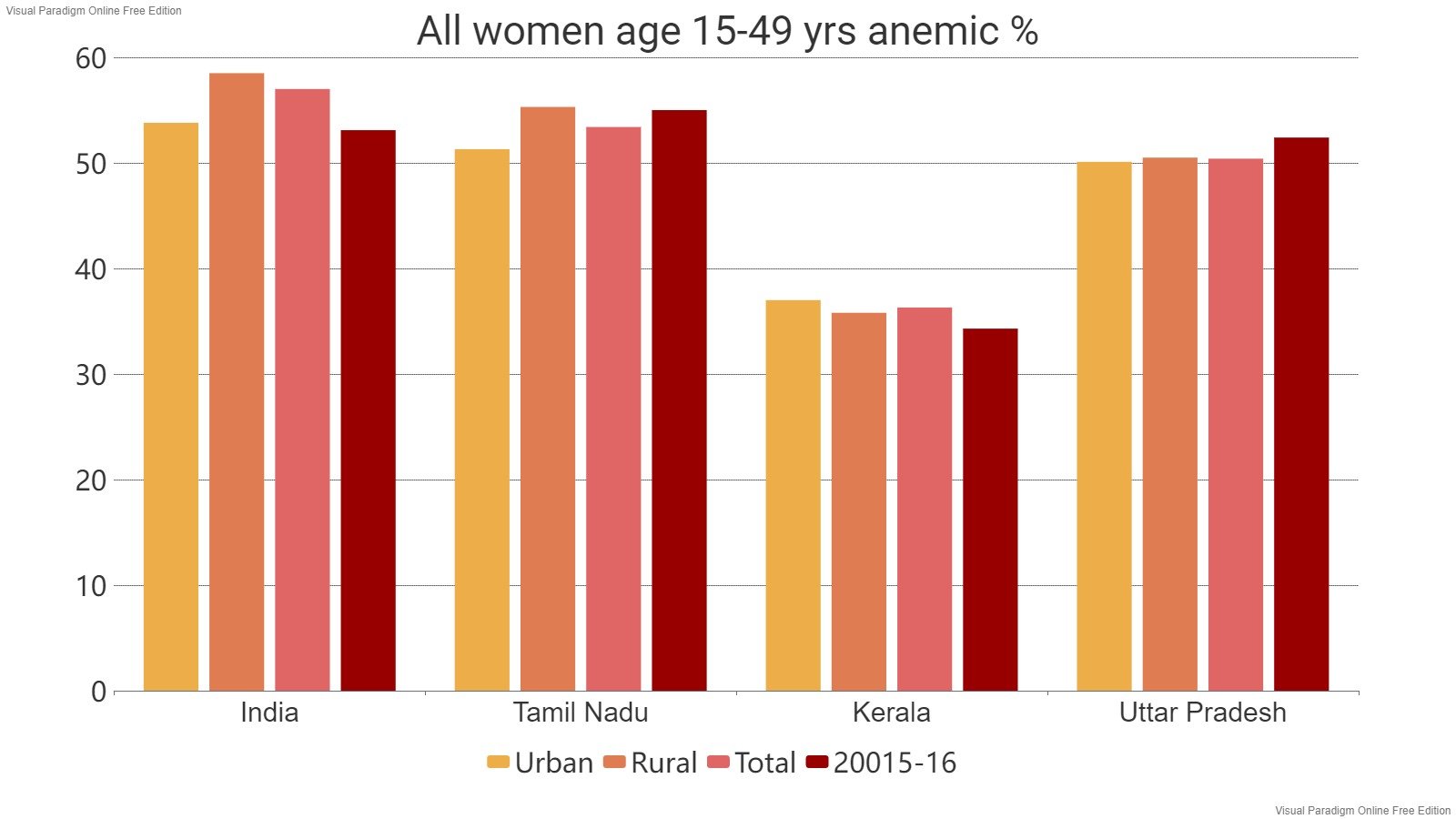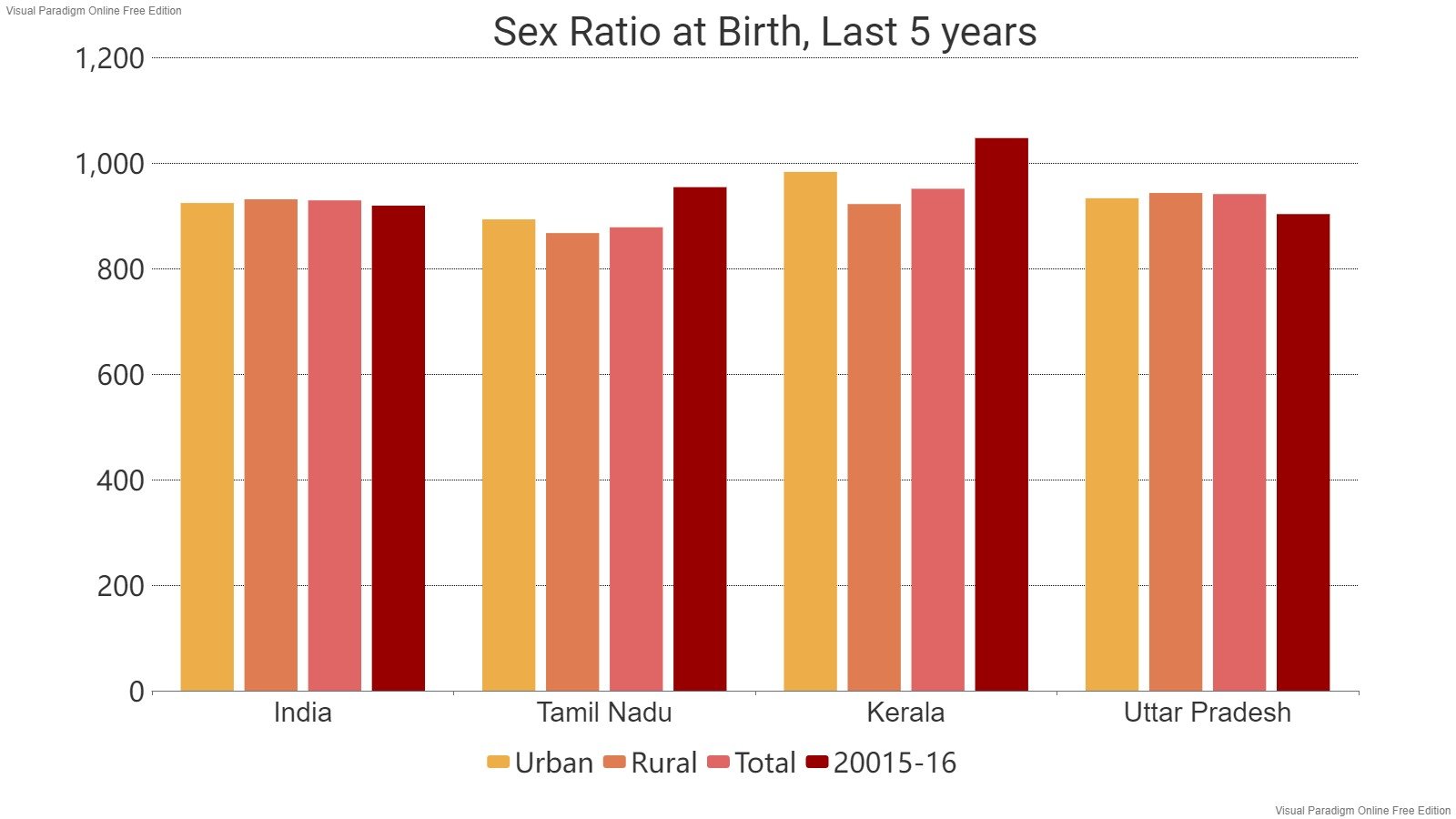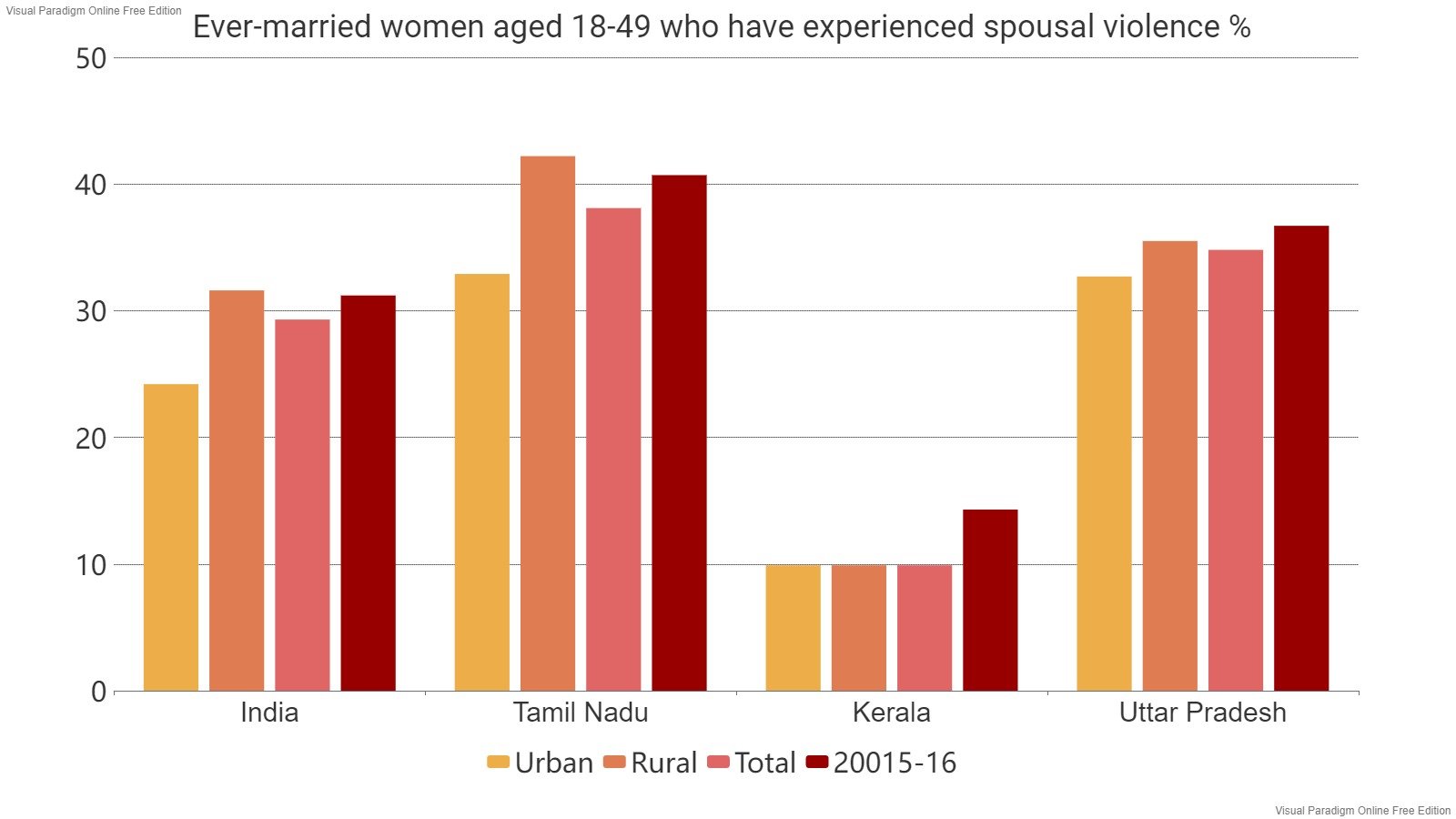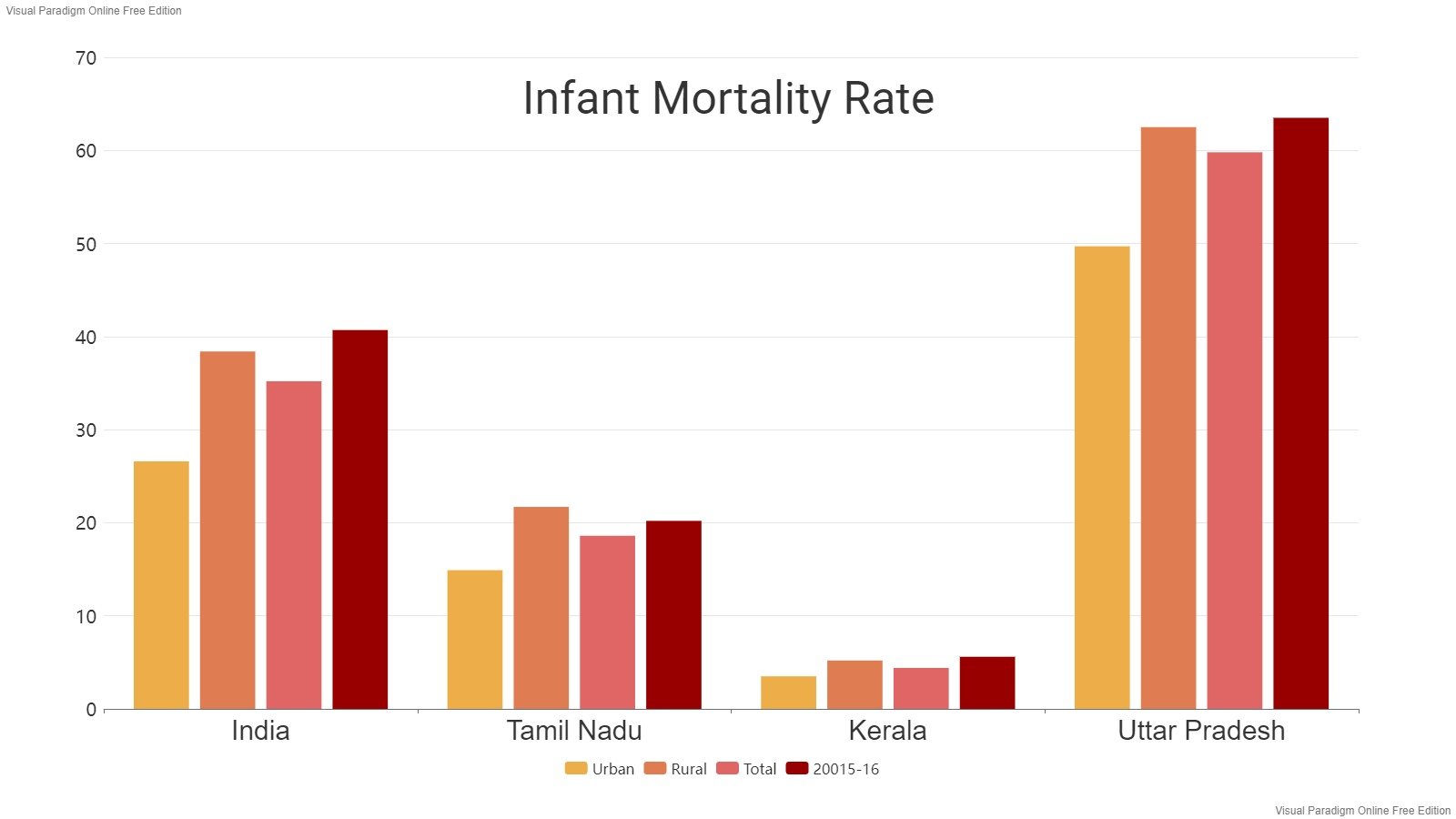Read in : தமிழ்
During any temple car procession, the standard operating procedure of the Tamil Nadu Electricity Board is to switch off the power in the overhead cables in the streets through which the procession will pass through, said P Muthusamy, former director of engineering at the Tamil Nadu Electricity Regulatory Commission.
The SOP for allowing a temple car procession is that EB permission would be required. And the board will ensure that the overhead cables will not be live during the procession, he said.
Early on Wednesday, April 27, some 11 persons including three children were electrocuted and many injured as a temple car at Kalimedu near Thanjavur touched a live overhead cable. Reports said the wire was a high tension cable. The temple car had trouble navigating through a turn and had to reverse course when it came into contact with an overhead power line, according to this report.
This suggests that there was either no or lack of proper communication about the proposed temple car procession to the authorities including the EB. Or sheer negligence on the part of government authorities led to the accident.
Muthusamy said that while permitting a temple car procession, the SOP is that low tension cables supplying to a particular village will be switched off. Even if the wire was high tension, ie, carrying a higher voltage and supplying to many other villages, the EB would have found an alternative mechanism to continue the supply to other villages while switching off the power on the line where the car was going to pass through, he said.
This suggests that there was either no or lack of proper communication about the proposed temple car procession to the authorities including the EB. Or sheer negligence on the part of government authorities led to the accident.
It appears from the severity of the accident that the overhead cable was likely a high tension wire, he said.
High tension (HT) wires are capable of carrying much higher voltage, such as 33 kilovolt. Any short circuit or an object coming in contact with the cable such as a temple car could result in massive amounts of electricity passing through the object. HT cables bring power from the power plants to sub-stations where the voltage is brought down and supplied to houses through low tension (LT) cables.
Muthusamy said the live wires would have been at such a height that a typical temple car would be able to touch it. That’s why for any such procession EB permission would be mandatory and that would involve switching off electricity in the line, he added.
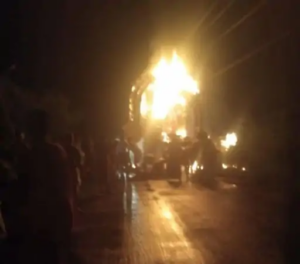 Other questions over the accident include concerns that the wire was sagging or loose. But these are as yet unconfirmed.
Other questions over the accident include concerns that the wire was sagging or loose. But these are as yet unconfirmed.
Vishnu Rao, senior researcher at Citizen Consumer and Civic Action Group (CAG), said that the incident has also raised questions over the feasibility of using underground cables since they are far less hazardous and safer. But a downside would be that if there was a repair, roads would be dug up, such as it often happens in Chennai core city where power is often supplied through underground cables.
The costs are much higher, too, so the revenue should justify it, says Muthusamy. It may not be feasible to lay underground cables in villages.
A World Bank-aided project called Coastal Disaster Risk Reduction project sought to convert overground to underground cables in coastal areas that face cyclone fury. But this project targets Cuddalore, Nagapattinam and Velankanni.
Vishnu Rao said that another safety technology becoming popular across the world is the use of Aerial Bundled Cable (ABC) conductors instead of live, open wires. In ABC conductors, thin insulated wires are bundled together and accidents such as the Thanjavur fire would then not happen.
Muthusamy said such conductors are indeed safer and are currently in use in several places in the state but are costlier.
Read in : தமிழ்
